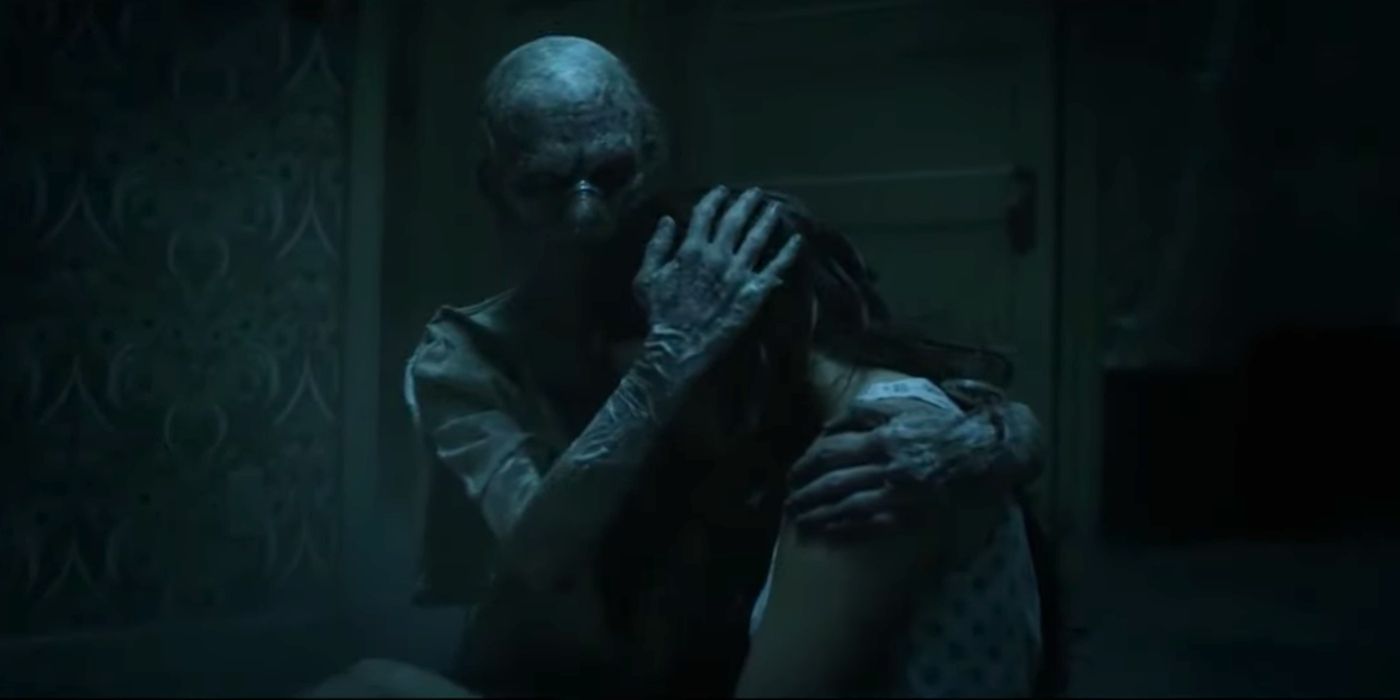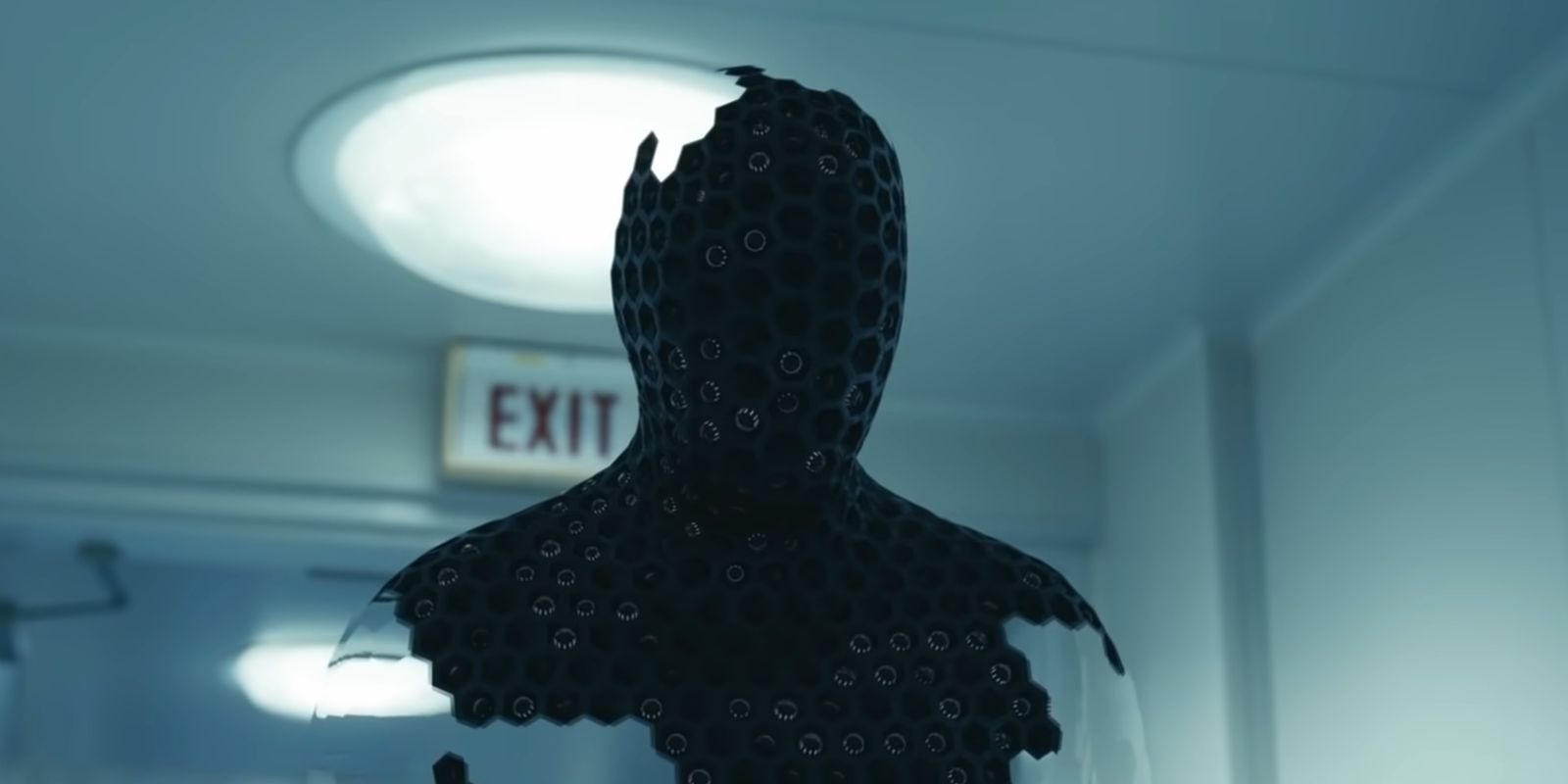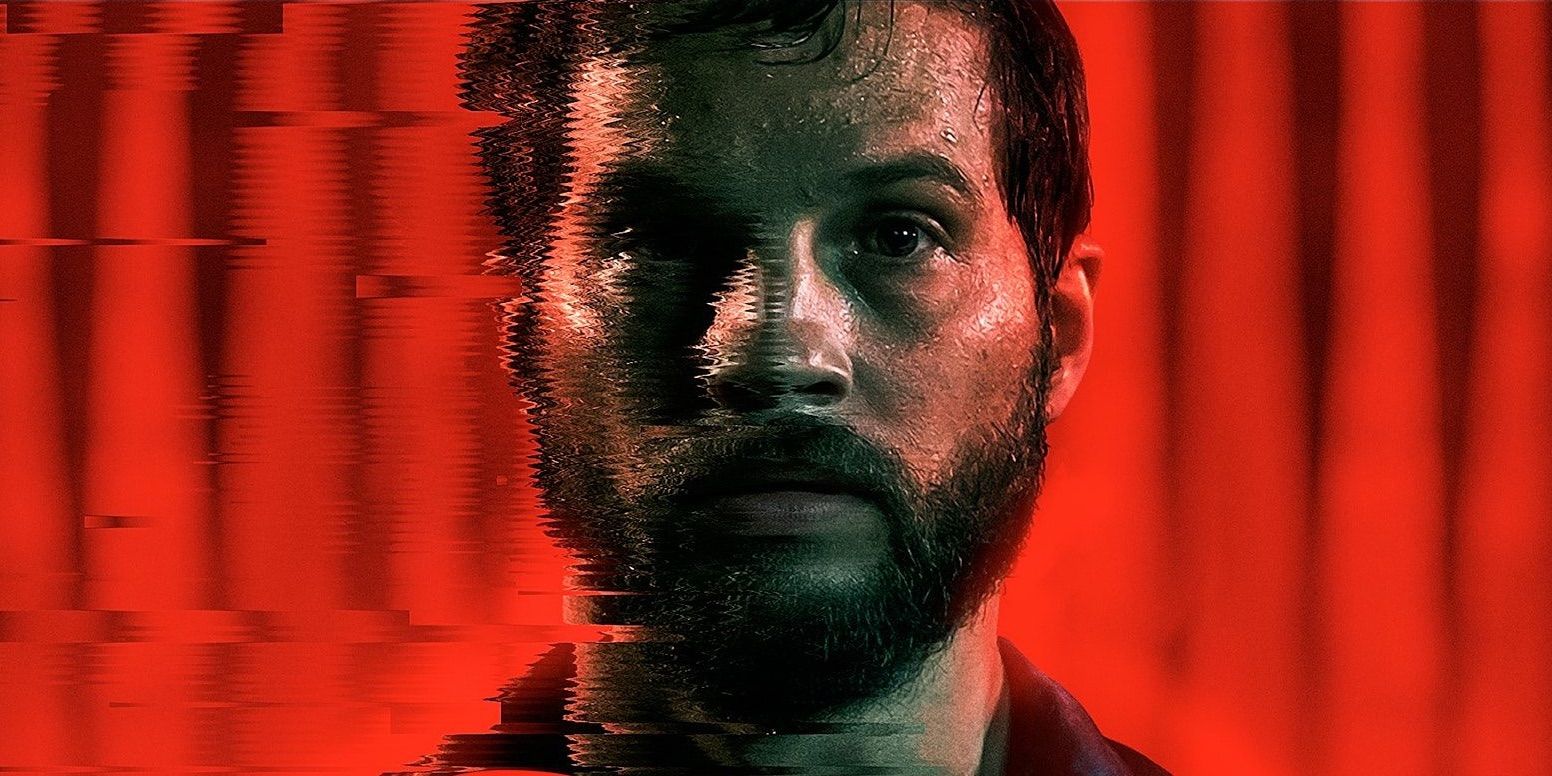How do Leigh Whannell‘s movies as a director rank from worst to best? Leigh Whannell achieved a very memorable breakout in 2004 with the low-budget trap-filled horror movie Saw, which Whannell co-wrote and appeared in as Adam alongside Cary Elwes. Both Whannell and director James Wan subsequently shot to the big time overnight, with the film’s success spawning the long-running and still occasionally revived Saw franchise.
Whannell and Wan subsequently collaborated on movies such as Death Sentence, Insidious, and The Conjuring, with ongoing horror franchises being born from the latter two. Whannell would also make his own directorial debut in the Insidious series with 2015’s Insidious: Chapter 3 before going on to continue his career as a director with 2018’s Upgrade and 2020’s The Invisible Man.
Across his relatively fledgling career as a director, Leigh Whannell has continued to scare audiences while venturing outside of the viscera of the Saw franchise into new genres like action and sci-fi. As a director, Whannell has also interlocked his horror stories with new elements and themes that have made his directorial work doubly impactful. Here are Leigh Whannell’s films as a director ranked from worst to best.
3. Insidious Chapter 3 (2015)

A prequel to the first two Insidious movies, Insidious Chapter 3 focuses on the series’ mainstay demon expert Elise Rainer (Lin Shaye) as she helps in the case of a young woman named Quinn (Stefanie Scott). With Quinn finding herself haunted by an ethereal presence known as “The Man Who Can’t Breathe” (Michael Reid MacKay), Elise wrestles with her own confidence in her ability to exorcise the malevolent entity, a major shift from her expertise in the supernatural first established in Leigh Whannell and James Wan’s Insidious that elevates the scares of Insidious Chapter 3. Whannell and Angus Tucker also return as Specs and Tucker, adding the dash of light-heartedness they’ve long given the Insidious franchise, with their story flipped to con artist demon hunters who unexpectedly become the genuine article.
Insidious Chapter 3 is awash in the haunted house atmosphere that made its predecessors connect with audiences. If it is slightly less potent than the first two Insidious movies, that is primarily a byproduct of audiences being relatively familiarized with the Insidious franchise’s world by that point. Even still, Whannell keeps the suspense high and the scares strategically well-timed, while Shaye’s more unsure performance as Elise shows a new side to the franchise’s heroine, which also keeps the tension appropriately tight throughout the prequel. In building the Insidious franchise, James Wan and Leigh Whannell showed their mastery of horror was one that did not mandate the R-rated carnage of the Saw movies to be gripping and effective, with Whannell applying those tools to the story of Insidious Chapter 3 to get off to a solid start in his directorial debut.
2. The Invisible Man (2020)

Rising from the ashes of Universal’s discarded Dark Universe plans, The Invisible Man modernized the classic horror tale while scoring one of the last big pre-pandemic box office hauls. When Cecilia Kass (Elizabeth Moss) thinks she’s escaped her abusive boyfriend, Adrian Griffin (Oliver Jackson-Cohen), she comes to question her safety and even her own sanity when Adrian still seems to be pursuing her after his death. Absent from the gore of Saw and the supernatural elements of Insidious, The Invisible Man plays on a different kind of horror, using Adrian’s high-tech invisibility suit as a vehicle for a chilling tale of domestic abuse and gaslighting. With each shoulder brush, veiled whisper, or outright physical fight with an unseen figure, Cecilia finds herself pushed closer and closer to a nervous breakdown, her constant terror ever visible on her perspiring, sleep-deprived face.
In a movie with the title of The Invisible Man, the visual effects can only be top-notch, and Whannell’s film delivers spectacularly with a mere $7 million budget. The Invisible Man rivals and sometimes even surpasses the effects work on 2000’s Hollow Man in rendering partial visibility to the invisibility suit-clad Adrian. More than anything, The Invisible Man‘s constant tension on whether Adrian looms unseen is palpably masterful, with a monster of a jump scare using a suddenly hovering kitchen knife one of Whannell’s many hits of unexpected terror in the film. The Invisible Man is an outstanding reboot and, on its own terms, a terrifying horror movie experience perfect to frighten viewers to their core, with its sci-fi MacGuffin making its horror all the more real amid a tale of a physically and psychologically abusive relationship.
1. Upgrade (2018)

Leigh Whannell jumped into the sci-fi-horror combo with Upgrade, with a revenge tale that only grows creepier the closer the vendetta comes to being achieved. After his wife is murdered in a gang attack that also leaves him paralyzed, auto-mechanic Grey Trace (Logan Marshall-Green) is outfitted with an experimental A.I. dubbed “STEM” (with Simon Maiden providing the voice). With full control over his body restored, Grey sets about to avenge his wife, which sees Grey turned into a flesh-and-blood weapon with the assistance of STEM. Upgrade is an ’80s sci-fi thriller brought to life in the 21st century, with STEM’s Hal-9000-like voice both reassuring human and unsettlingly technological. While horror movie veteran Leigh Whannell might be venturing into somewhat newer waters with the body horror elements of Upgrade, he adapts to the transition easily, lulling the audience and Grey himself into a false sense of security with the fun Grey has in his newfound physical abilities.
Upgrade is also Whannell’s first real foray as a director into action, and the film puts a very unique twist on Grey’s hard-hitting fight scenes, with STEM fully assuming control and eliminating Grey’s opponents with frighteningly precise robotic movements. The story’s dark tone is also far more than the window-dressing it appears to be. With both films releasing in 2018, many likened Upgrade to Venom with a technological spin, but Grey and STEM’s banter is far less comedic, and it all comes crashing down with Upgrade‘s shocking twist ending that has the emotionless efficiency of a computer program. Upgrade throws action, sci-fi, and horror into a blend of a proudly ’80s-influenced techno-thriller, and, with a TV series continuation also in the works, Upgrade gets the crown of Leigh Whannell‘s best directorial effort to date.
-Featured.jpg)




